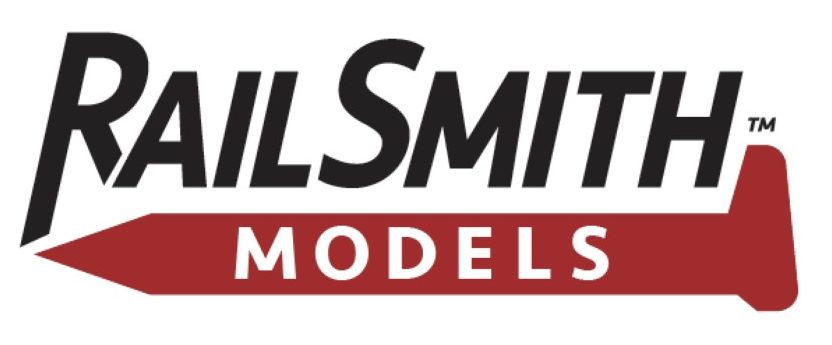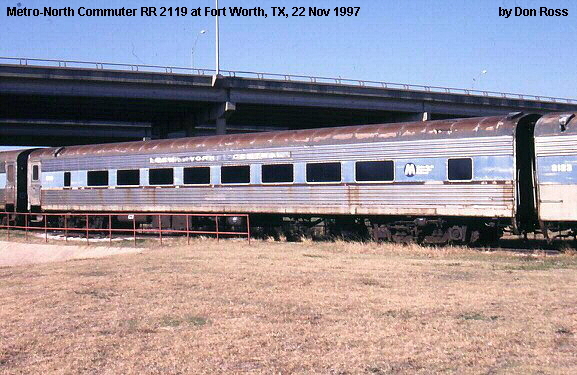Specific Item Information: Pennsylvania COACH ‘4043’
This coach was one of two cars built for the Pennsylvania by Pullman and delivered in 1949. According to the Pennsylvania Technical & Historical Society’s book on the subject, The Budd Company also delivered coaches starting mid 1946. The photo here is the only photo our PRR friends can find of these cars in the Royal Purple scheme, this being one of the Budd cars delivered during this period.
These cars were built for the Champions and also saw use on the Florida Special and the Southwind.
Model Information: First released in 2009.
- All-New Tooling based on PS Plan #7484
- Prototype Specific Details: With or without Skirts, Corrugated or Smooth Sides as appropriate
- Working diaphragms
- Blackened Metal Wheelsets on correct GSC 41-N style Trucks
- Come with decals permitting multiple car number and names
- Drop-In Lighting Kit will also be available, item #933-1099
Prototype History: With big plans for its post-war streamliner fleet, the New York Central placed an order for 153 coaches with Pullman-Standard in May 1944. Deliveries of the cars (plan #7484) began in February and continued through October of 1946. At the time, this was the largest equipment order delivered within a single year. Although intended for general service, the cars were delivered with fluted sides that would allow them to be used with Budd cars. On delivery, these were truly state-of-the-art coaches, complete with air conditioning, deep reclining seats, individual lighting, large windows, full-width diaphragms and more. These cars led long lives and were later converted for commuter service. Others were acquired by Amtrak(R) in 1971 and continued in service for several years. A few survive today.
The 64 Seat coach from Pullman was designed as a short-haul commuter coach. The cars were built in the late 1940s using lightweight construction technology which significantly reduced their weight when compared to the older pre-war heavyweight cars. This Pullman design featured smooth sides and was purchased in large numbers by the Pennsylvania and New York Central railroads as well as many other roads.
The 64 Seat coach from Pullman was designed as a short-haul commuter coach. The cars were built in the late 1940s using lightweight construction technology which significantly reduced their weight when compared to the older pre-war heavyweight cars. This Pullman design featured smooth sides and was purchased in large numbers by the Pennsylvania and New York Central railroads as well as many other roads.
Road Name History: The Pennsylvania Railroad (reporting mark PRR) was an American Class I railroad, founded in 1846. Commonly referred to as the "Pennsy," the PRR was headquartered in Philadelphia, Pennsylvania.
The PRR was the largest railroad by traffic and revenue in the U.S. for the first half of the twentieth century. Over the years, it acquired, merged with or owned part of at least 800 other rail lines and companies. At the end of 1925, it operated 10,515 miles of rail line; in the 1920s, it carried nearly three times the traffic as other railroads of comparable length, such as the Union Pacific or Atchison, Topeka & Santa Fe railroads. Its only formidable rival was the New York Central (NYC), which carried around three-quarters of PRR's ton-miles.
At one time, the PRR was the largest publicly traded corporation in the world, with a budget larger than that of the U.S. government and a workforce of about 250,000 people. The corporation still holds the record for the longest continuous dividend history: it paid out annual dividends to shareholders for more than 100 years in a row.
In 1968, PRR merged with rival NYC to form the Penn Central Transportation Company, which filed for bankruptcy within two years. The viable parts were transferred in 1976 to Conrail, which was itself broken up in 1999, with 58 percent of the system going to the Norfolk Southern Railway (NS), including nearly all of the former PRR. Amtrak received the electrified segment east of Harrisburg.
The PRR was the largest railroad by traffic and revenue in the U.S. for the first half of the twentieth century. Over the years, it acquired, merged with or owned part of at least 800 other rail lines and companies. At the end of 1925, it operated 10,515 miles of rail line; in the 1920s, it carried nearly three times the traffic as other railroads of comparable length, such as the Union Pacific or Atchison, Topeka & Santa Fe railroads. Its only formidable rival was the New York Central (NYC), which carried around three-quarters of PRR's ton-miles.
At one time, the PRR was the largest publicly traded corporation in the world, with a budget larger than that of the U.S. government and a workforce of about 250,000 people. The corporation still holds the record for the longest continuous dividend history: it paid out annual dividends to shareholders for more than 100 years in a row.
In 1968, PRR merged with rival NYC to form the Penn Central Transportation Company, which filed for bankruptcy within two years. The viable parts were transferred in 1976 to Conrail, which was itself broken up in 1999, with 58 percent of the system going to the Norfolk Southern Railway (NS), including nearly all of the former PRR. Amtrak received the electrified segment east of Harrisburg.
Brand/Importer Information: RailSmith is a brand launched by Lowell Smith in 2019. Lowell acquired the toolings from Walthers.
With each release, RailSmith will bring passenger cars from across the spectrum of North America’s railroads, with the goal of building entire trains over a period-of-time. It is our plan to release cars that might be for a specific train, but you can use these cars as you see fit, as did the railroads.
Production plans are grand, but we believe they are also achievable. We do not have the capabilities to release an entire train at once, but being able to focus on one release (two-or-three cars at a time), we can build a train over time.
With each release, RailSmith will bring passenger cars from across the spectrum of North America’s railroads, with the goal of building entire trains over a period-of-time. It is our plan to release cars that might be for a specific train, but you can use these cars as you see fit, as did the railroads.
Production plans are grand, but we believe they are also achievable. We do not have the capabilities to release an entire train at once, but being able to focus on one release (two-or-three cars at a time), we can build a train over time.
Item created by: p.amling on 2024-11-10 17:21:03
If you see errors or missing data in this entry, please feel free to log in and edit it. Anyone with a Gmail account can log in instantly.
If you see errors or missing data in this entry, please feel free to log in and edit it. Anyone with a Gmail account can log in instantly.






